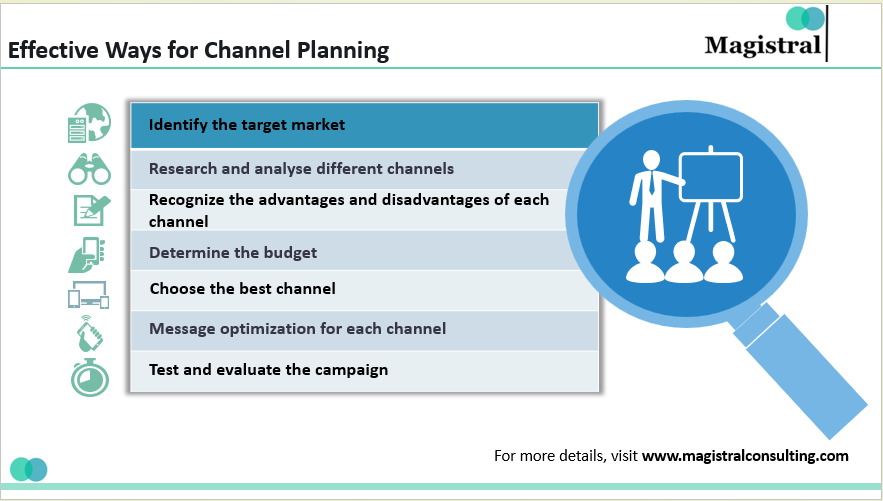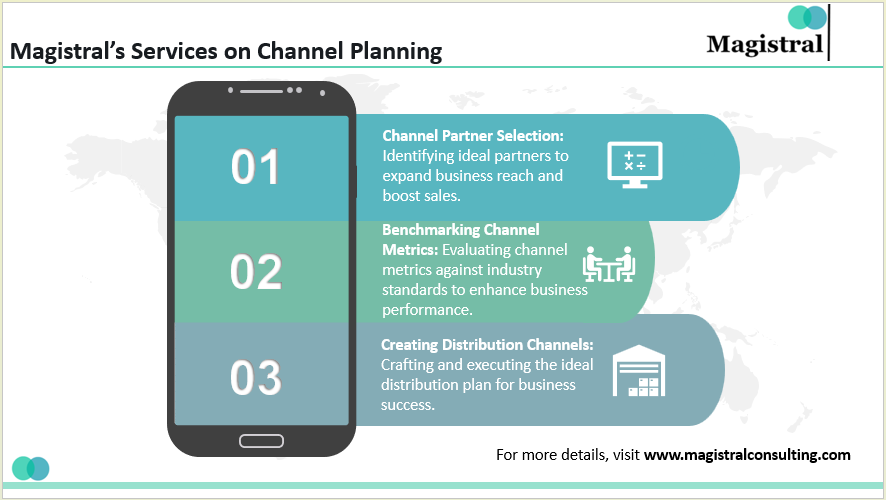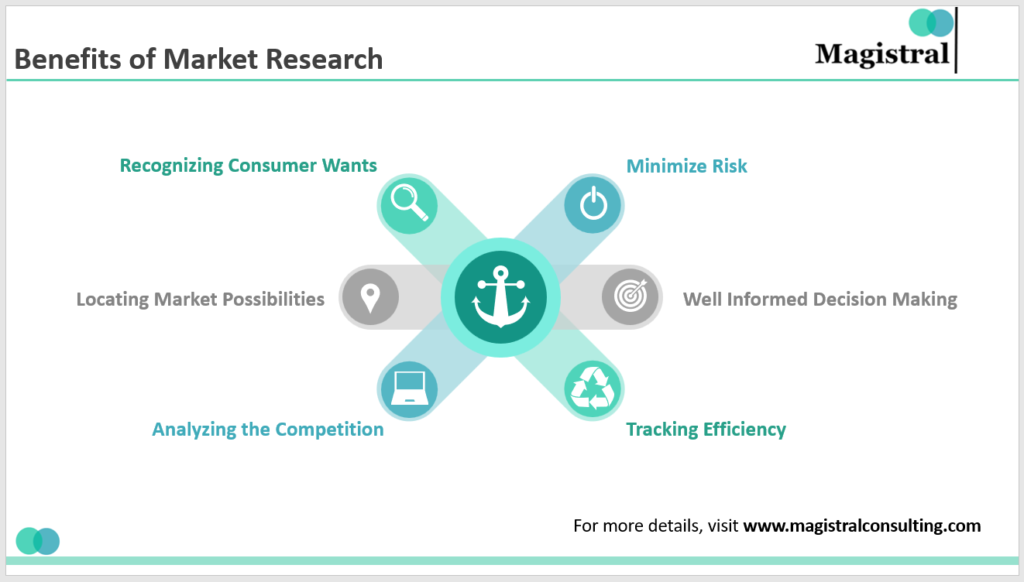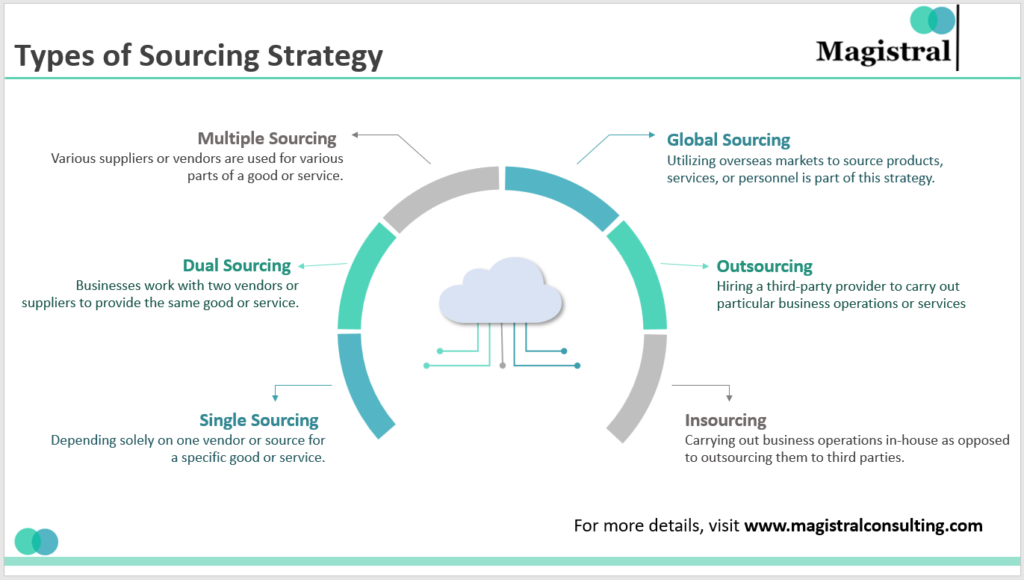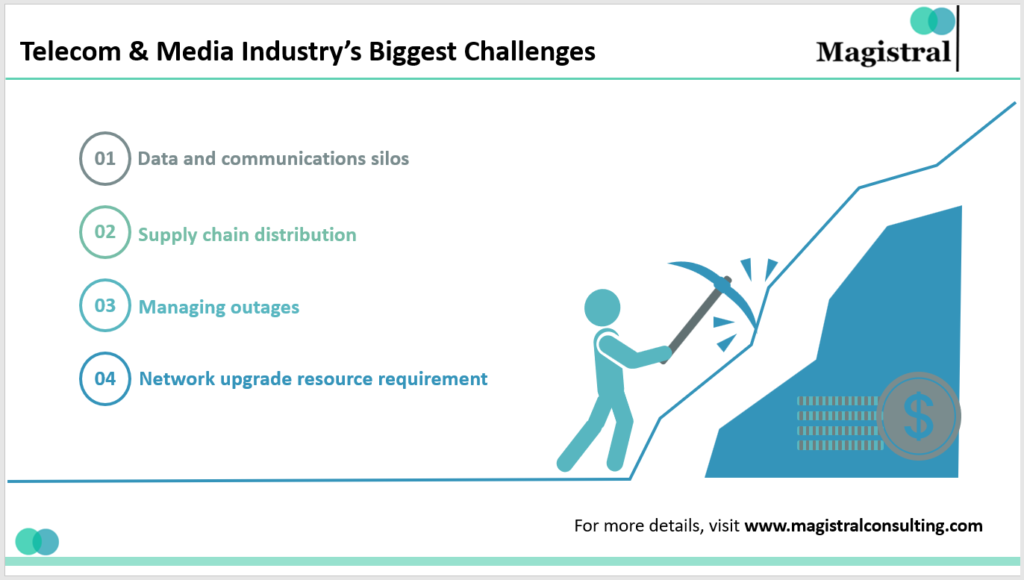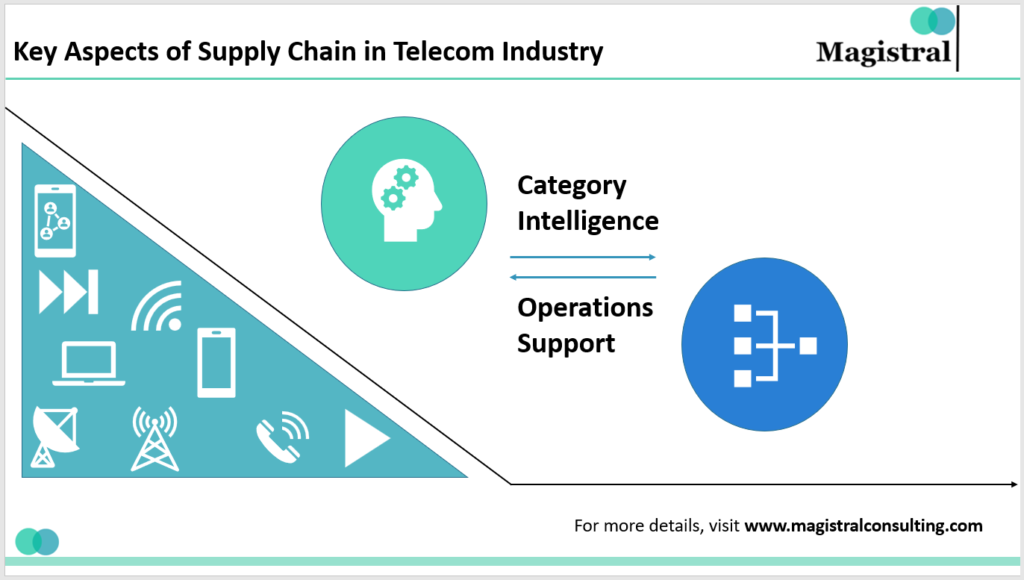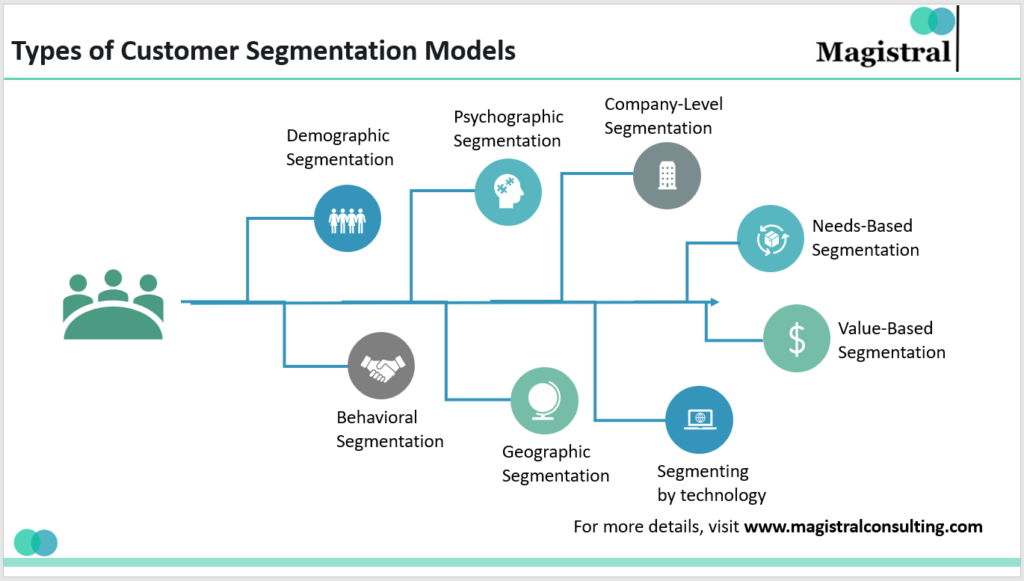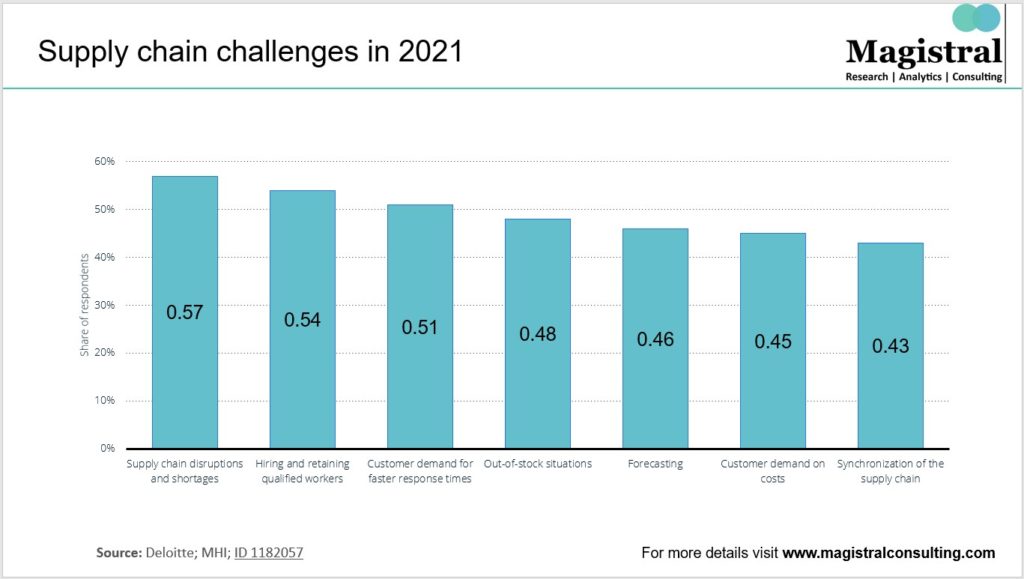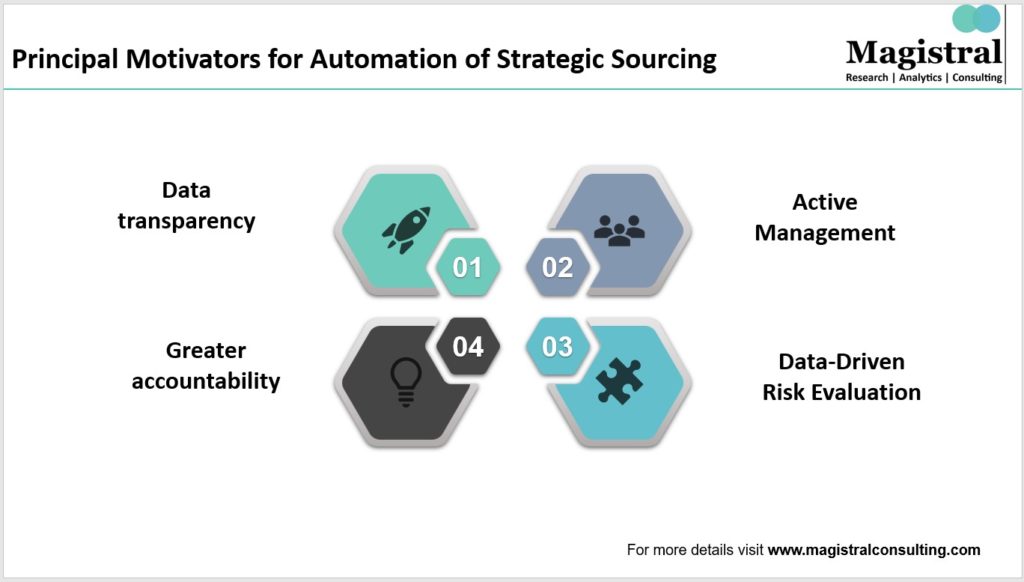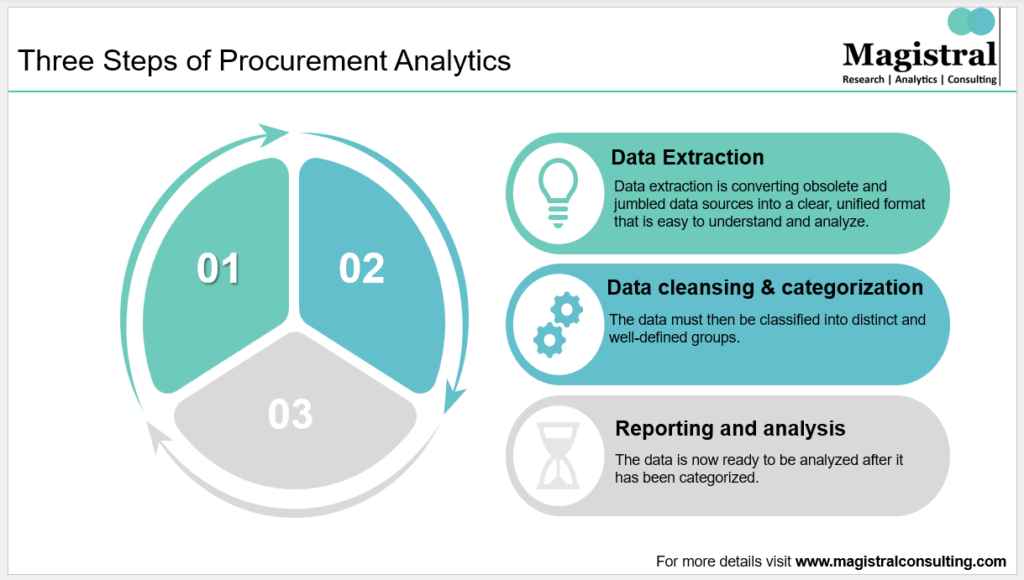Introduction
The process of investigating and compiling data on possible suppliers, goods, and services in order to make an informed purchasing decision is known as procurement research. Assuring the best value requires investigating and assessing the availability, affordability, and quality of products and services. In order to choose the optimum time to buy and the suppliers to deal with, this procedure also entails evaluating the state of the market. It is a crucial step in the procurement process since it guarantees that the appropriate goods and services are acquired at the appropriate cost. It also helps to discover any possible hazards related to the transaction, like delivery schedules, product quality, and supplier dependability. To ensure that businesses make well-informed decisions and secure the best value for their money, procurement research is essential.
Client Priorities in Effective Procurement Research
In this poll, clients were asked to identify the strategies they would prioritize for effective procurement research. The results highlight a clear emphasis on two key aspects: Supplier Management and Digital Platforms/Technologies. A significant 75% of respondents expressed a preference for prioritizing Supplier Management, underscoring the importance placed on building and maintaining robust relationships with suppliers. This indicates a recognition among clients that effective supplier management is fundamental to successful procurement research, ensuring reliability, quality, and favorable terms.
Additionally, 25% of respondents highlighted the significance of Digital Platforms and Technologies in their procurement research strategies. This suggests a growing awareness of the role technology plays in enhancing efficiency, transparency, and overall effectiveness in the procurement process. The inclusion of digital tools aligns with the modernization trend in procurement, emphasizing the need to leverage technological advancements for streamlined and data-driven decision-making.
Interestingly, Advanced Data Analytics Tools and Cross-Functional Collaboration did not receive any votes in this particular poll. While this might indicate a lower immediate priority for these aspects among the respondents, it also underscores the diversity of approaches and preferences in the realm of procurement research. Ultimately, these results provide valuable insights into the evolving landscape of procurement strategies, with a clear spotlight on supplier management and the integration of digital solutions.
Navigating the Procurement Research Journey with Us
The types of procurement research engagements might differ based on the industry, type of business, and particular needs. Nonetheless, the following are typical tasks connected to procurement research:

Navigating the Procurement Research Journey with Us
Needs Assessment:
At our core, we prioritize understanding your unique challenges and pain points to tailor effective solutions. We actively listen to your concerns, acknowledging the delicate balance required between quality and cost. Supplier relationships are integral, and we delve into strategies for enhancing collaboration and reliability. Operational inefficiencies pose obstacles, and our approach addresses streamlining processes for optimal performance. Cost management is a key facet of our considerations, ensuring that solutions align with your budgetary constraints. Moreover, we recognize the imperative for growth and profitability, shaping our strategies to support your aspirations. By comprehensively addressing these critical aspects, we aim to provide solutions that not only mitigate challenges but also foster a resilient and thriving operational environment for your business.
Supplier Identification and Market Analysis:
We carefully choose a strong pool of suppliers and evaluate each one’s initial product and business capabilities. With every supplier on our shortlist, we begin Non-Disclosure Agreements (NDAs) to strengthen confidence and privacy. Our procedure explores price schemes and technological know-how in addition to providing high-level assessments. This all-inclusive strategy guarantees that the vendors we suggest satisfy strict standards for competence and reliability in addition to matching your needs.
RFP or RFQ:
We carefully gather all relevant information before starting the Request for Proposal (RFP) process, including product specifications, availability, cost, and revenue estimates. We rank providers using a methodical process that assesses their strengths and suitability for your objectives. We also concentrate on finding the best deals and cultivating worthwhile alliances. Comparing supplier variations is an essential step that helps create strong contingency plans and reduce risk. We guarantee that your procurement objectives will be reached with accuracy, effectiveness, and strategic insight through this painstaking procedure.
Procurement Research: Enhance, Adhere, Engage:
We work as a dynamic team, valuing cooperation and considering your suggestions at every turn. Our unchanging goal is your complete satisfaction. Anticipate frequent updates regarding the project’s advancement, guaranteeing transparency all along the way. We will not keep you in the dark about our ongoing work. Furthermore, we surpass mere execution by closely observing the results of our projects. Using meticulous monitoring and assessment, we enable the information to skilfully tell the tale of our endeavours. Our focus on collaboration, openness, and data-driven decision-making highlights our commitment to providing the best possible outcomes and cultivating a fruitful and fulfilling working relationship with you.
Magistral’s Services on Procurement Research
Gaining knowledge about suppliers, goods, services, and market dynamics is the primary goal of procurement research, which aids in the development of well-informed decisions during the procurement process. Procurement research involves the collection of data from a range of sources, including supplier databases, industry reports, trade publications, and online and in-person supplier communication. After that, the data gathered is examined and utilized to create a supplier selection procedure and purchase plan.

Magistral’s Services on Procurement Research
Spend Analysis:
In procurement research, spend analysis is a crucial process that involves examining and categorizing an organization’s expenditures. By scrutinizing spending patterns, businesses gain insights into cost-saving opportunities, vendor performance, and compliance. This data-driven approach allows for strategic decision-making, helping organizations optimize their procurement processes, negotiate better contracts, and enhance overall financial efficiency. Spend analysis is integral to informed decision-making and achieving cost-effective outcomes in procurement.
Low-Cost Country Sourcing:
Low-Cost Country Sourcing in procurement research involves identifying and procuring goods or services from countries with lower production costs. This strategic approach aims to achieve cost savings while maintaining quality standards. Analyzing global markets and leveraging favorable economic conditions, businesses can enhance competitiveness and optimize their supply chain for greater efficiency and value.
Sourcing Strategy:
Sourcing strategy services in procurement research focus on developing effective approaches to acquiring goods and services. This includes supplier identification, evaluation, and negotiation to optimize costs and quality. Tailored strategies enhance supply chain efficiency, mitigate risks, and align with organizational objectives, ensuring a competitive edge in the procurement process.
Vendor Rationalization:
Vendor rationalization in procurement research is a strategic process that involves evaluating and optimizing the vendor base. By consolidating suppliers, businesses aim to streamline operations, reduce costs, and enhance efficiency. This data-driven approach ensures collaboration with reliable vendors, improving performance and fostering stronger partnerships while aligning with organizational objectives.
Bid Management:
Magistral Consulting improves how procurement projects work and their results. Our skilled team starts by carefully looking at needs and planning with different departments to figure out exact requirements and goals. Using our experience, we find and check possible suppliers, making sure only trustworthy partners join the bidding process. We specialize in creating clear bid documents with details like technical specifications, delivery schedules, and quality standards. Our efforts to communicate effectively attract many good providers, making the competition strong for the best results. We carefully review each offer we get, using fair standards like cost, value, and past performance.
RFP Management in Procurement Research:
Our RFP management services are designed to ensure accuracy and efficiency by streamlining and optimizing the difficult Request for Proposal process. To start the RFP process, we painstakingly compile complete information, including specs, availability, and cost. We evaluate the capabilities and suitability of providers using a systematic scoring system, with a focus on strategic alignment with your goals. Beyond project execution, we also actively monitor ongoing work and provide regular reports to ensure transparent development. Careful observation and evaluation enable us to extract insightful information, guaranteeing the accomplishment of your purchase goals. With an emphasis on teamwork, openness, and data-driven decision-making, our RFP management services foster successful and satisfying collaborations.
About Magistral Consulting
Magistral Consulting has helped multiple companies to reduce operations costs through its offerings in Procurement and Supply Chain.
For setting up an appointment with a Magistral representative visit www.magistralconsulting.com/contact
About the Author
The article is authored by the Marketing Department of Magistral Consulting. For any business inquiries, you can reach out to prabhash.choudhary@magistralconsulting.com






